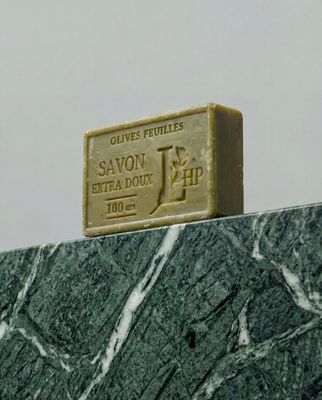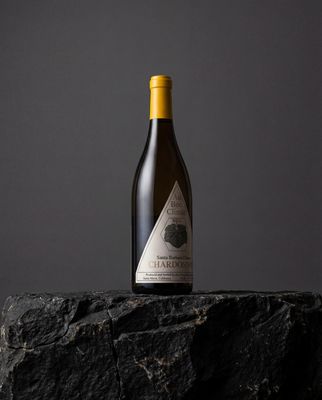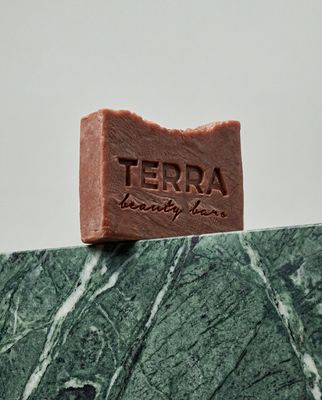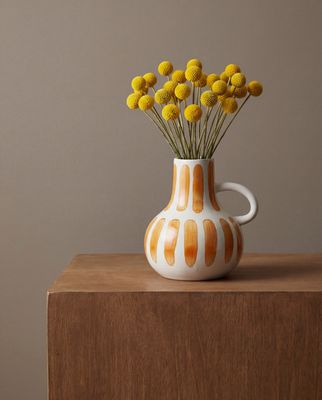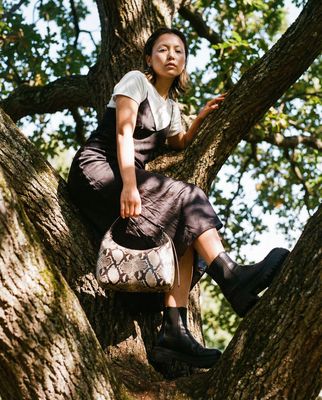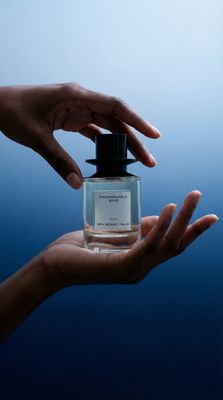Everything about the color Sandstone
The meaning of the color sandstone and color combinations to inspire your next creation.
Browse images in the color sandstone
What color is sandstone?
Sandstone is a warm, earthy tone that resembles the natural stone from which it derives its name. It typically features a blend of beige, tan, and brown hues, evoking a sense of rustic charm and natural beauty.
What are similar colors to sandstone?
For variations within the same earthy and neutral spectrum as sandstone, consider:
- Beige (#F5F5DC) shares sandstone's warm, neutral vibe with a slightly lighter tone.
- Taupe (#483C32) offers a darker, more muted version of sandstone's earthy palette.
- Tan (#D2B48C) is a lighter, more golden variation that complements sandstone's natural warmth.
- Camel (#C19A6B) provides a richer, more saturated take on sandstone's earthy appeal.
What color goes with sandstone?
To complement sandstone's warm, earthy tones, consider pairing it with:
- Sage (#9DC28A) provides a refreshing, green-tinged balance that enhances sandstone's natural warmth.
- Cream (#FFFDD0) offers a soft, neutral contrast that highlights sandstone's earthy undertones.
- Terracotta (#E2725B) adds a warm, reddish hue that complements sandstone's rustic charm.
- Olive (#808000) introduces a deep, muted green that pairs well with sandstone's natural palette.
What color conflicts with sandstone?
To avoid clashing with sandstone's earthy tones, consider avoiding:
- Bright Red (#FF0000) can overpower sandstone's subtle warmth.
- Neon (#39FF14) risks overwhelming sandstone's natural, muted palette.
- Violet (#8A2BE2) may create a jarring contrast with sandstone's earthy hues.
- Black (#000000) can overshadow the warmth of sandstone.
What does the color sandstone represent?
Sandstone represents stability, reliability, and a connection to nature, often evoking images of vast deserts and ancient landscapes. Psychologically, it promotes feelings of warmth, comfort, and security, making it a popular choice for creating inviting spaces. In art and design, sandstone is used to convey a sense of timelessness and authenticity, often serving as a grounding element in a color palette. Its natural tones are favored in photography and film for their ability to evoke a sense of place and history.
What's the history of sandstone?
The color sandstone is inspired by the sedimentary rock of the same name, which is composed of sand-sized minerals or rock grains. Historically, sandstone has been used in architecture and sculpture, valued for its durability and aesthetic appeal. The color has been adopted in design and fashion for its warm, neutral qualities that mimic the natural world. In modern use, sandstone is a popular choice in interior design, often used to create a cozy and grounded atmosphere.
Color Variations
Shades
Tints
Hues
Color Palettes
Monochromatic
Complementary
Analogous
Triadic
Tetradic
Images with sandstone color
Color Conversions
#786D5Frgb(120, 109, 95)rgb(47%, 43%, 37%)0, 9, 21, 53hsl(34, 12%, 42%)34, 21, 47#786D5F47, 2, 915, 16, 1347, 10, 7901111000, 01101101, 01011111Color(red: 0.47058823529411764, green: 0.42745098039215684, blue: 0.37254901960784315)UIColor(red: 0.47058823529411764, green: 0.42745098039215684, blue: 0.37254901960784315, alpha: 1.0)Color(0xFF786D5F)